Rosalind Paget: An Historical Overview and Appreciation, Part 1
Rosalind Paget was one of the original four founders of the Society of Trained Masseuses which later became the Incorporated …
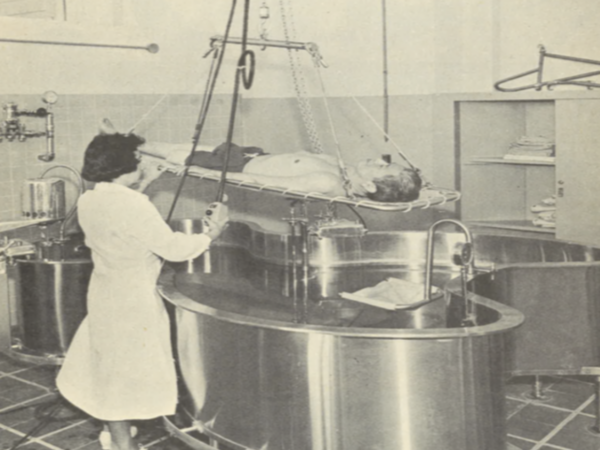
The Mexican Rehabilitation Institute was founded in 1960 in Mexico City; responding to the social need for comprehensive rehabilitation for people with motor disabilities. The Institute was established as a civil society, receiving contributions from the Mexican government, private companies, and the Mary Street Jenkins Foundation. It became one of …
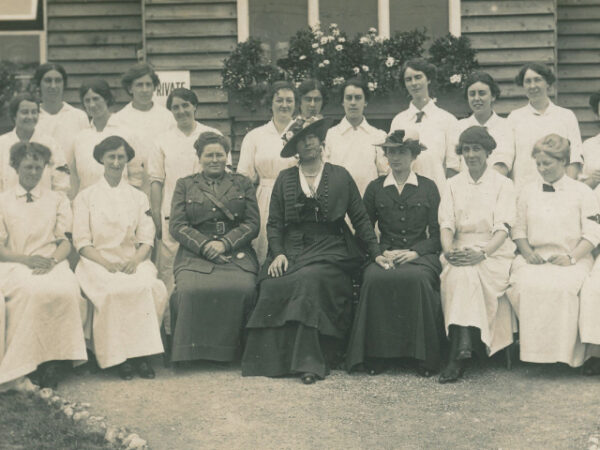
This story begins with the unusually named Almeric Paget Massage Corps. Located in the United Kingdom, the Corps was formed to serve in the First World War. It was the forerunner of physiotherapy services for wounded servicemen; and its’ success significantly boosted the profession by raising practitioner numbers, and their …

The South African Society of Massage and Medical Gymnastics (now known as the South African Society of Physiotherapy) was formed on 11 December 1924. It had four branches, aligned with the country’s provinces at the time: the Cape Province, Transvaal, Natal and Orange Free State. Early considerations of the Central Governing …

Medicine has often been framed as the “ideal” profession, leading other health fields to emulate it when pursuing their own professionalisation. American medicine’s current education system came about during the early-twentieth century, as part of a multi-decade campaign to enhance the profession’s status by restricting education to an elite few, …
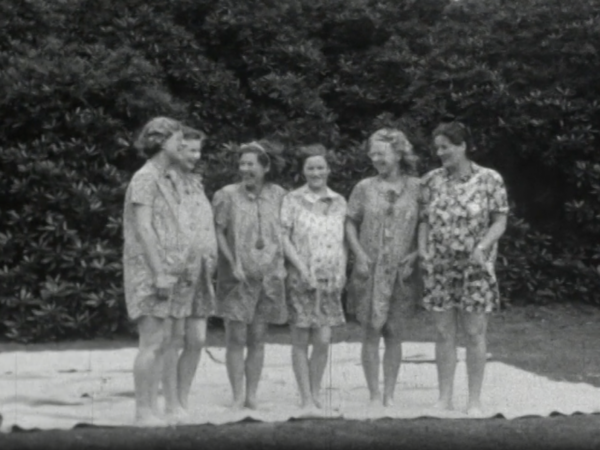
In 1912, Dr John Shields Fairbairn, a leading consultant obstetrician at St Thomas Maternity Hospital, London, commenced a program to revolutionise the medical approach to child delivery. He aimed to replace the 19th century medical practice of heavily medicating women during labor and the common use of force to deliver. …
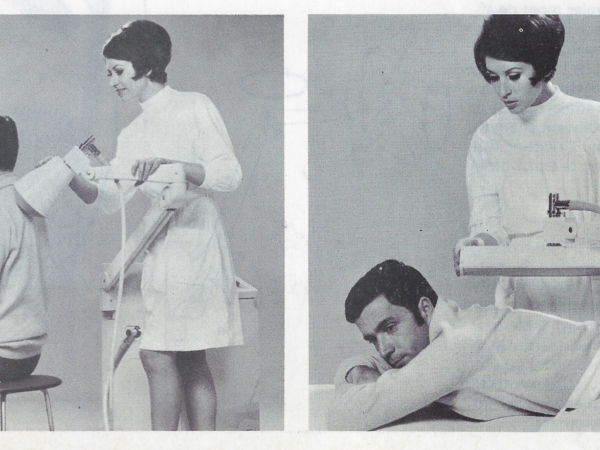
Enraf-Nonius is a Dutch medical equipment manufacturer celebrating its 100th anniversary this year. For many physiotherapists Enraf-Nonius have provided the equipment used across entire careers, and so they have grown in parallel with the profession. Founded in 1925 by Mr AG Hoekstra, the First Dutch X-ray Machine Factory [Eerste Nederlandse Röntgenapparaten …
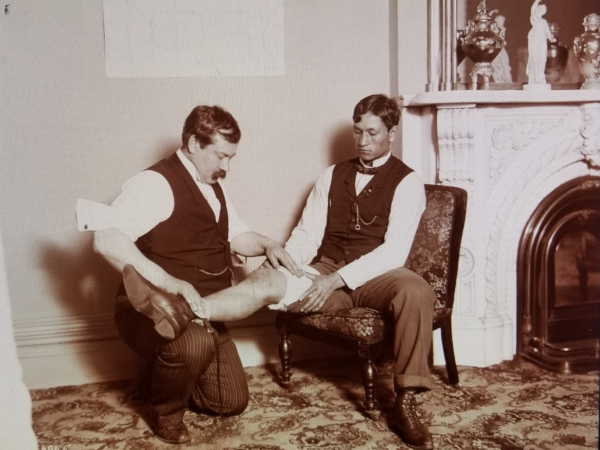
Modern medical research dictates that studies with a potential for bias be identified and excluded from a systematic review. Historical research approaches dictate the opposite. The more bias that is present in a study, the more it has the potential to indicate likely reasons, and political or social causes and …

In 1927 ‘The News’ newspaper in Adelaide, South Australia ran a weekly series of articles on their Woman’s page exploring suitable careers for girls; “a problem which at times confronts the parents of daughters”. The newspaper obtained the information for the article from an un-named “authority in the occupation”. The …

Over 40,000 Londoners died in the bombing ‘blitz’ of World War II. Australian physiotherapist Barbara Thomas, aged 32, was amongst the first and her tragic death prematurely curtailed a remarkable career. Barbara Mortimer Thomas was the daughter of Nehemiah James Thomas and Jane Emily Nora Clapcott. She was born in …
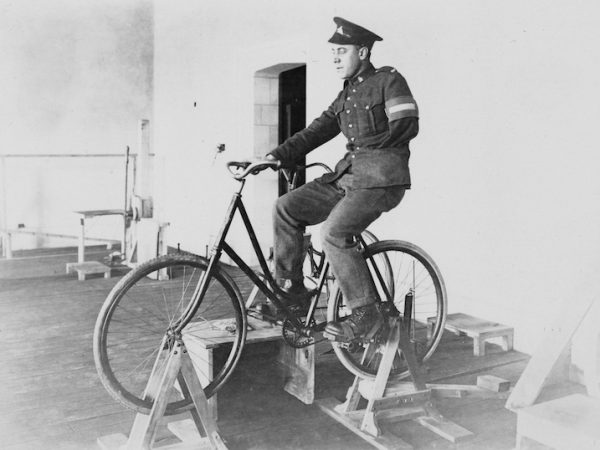
The Executive Committee met on three occasions by Zoom teleconference in the second half of 2024. The Executive Committee membership consisted of Glenn Ruscoe, Chair (Australia) Sarah Marshall (Canada) – leave of absence Sandra Schiller (Germany) Magda Fourie (South Africa) Cameron MacDonald (USA) Ryan McGrath (Australia) Wajida Perveen (Pakistan) Snjezana …